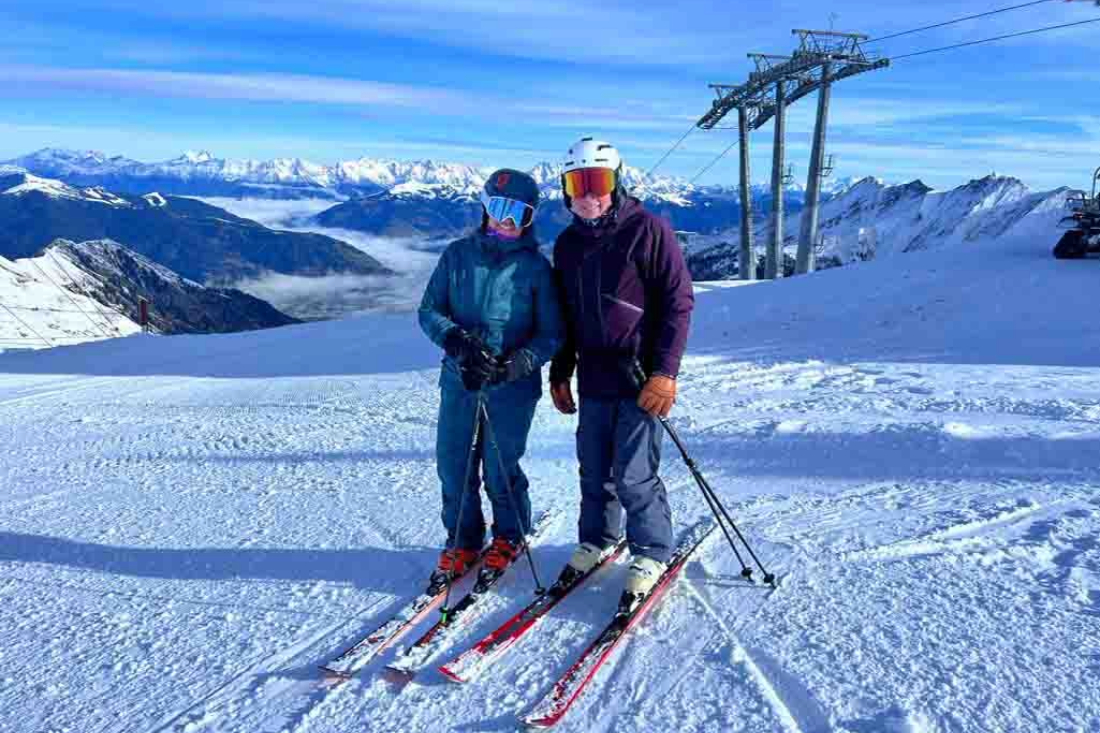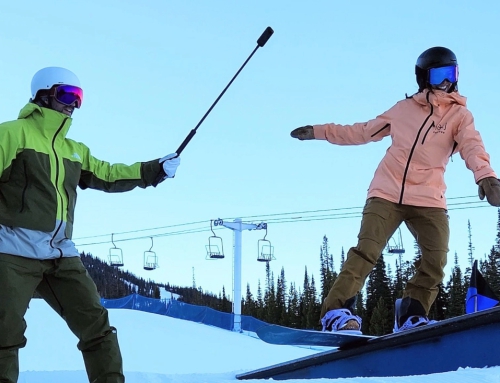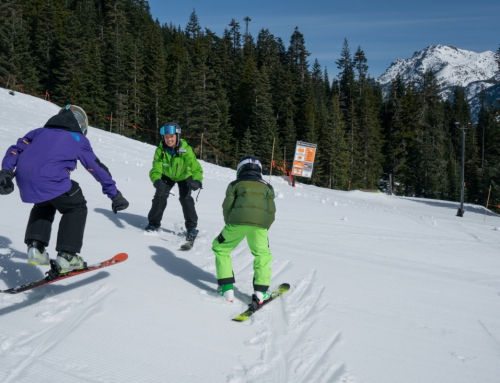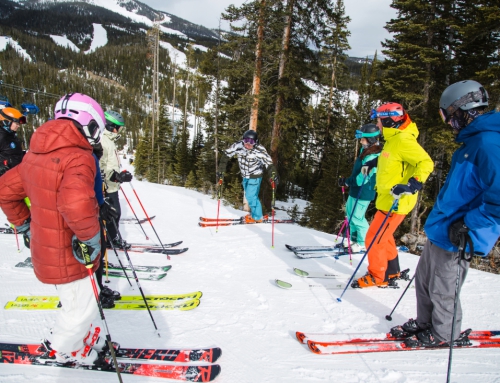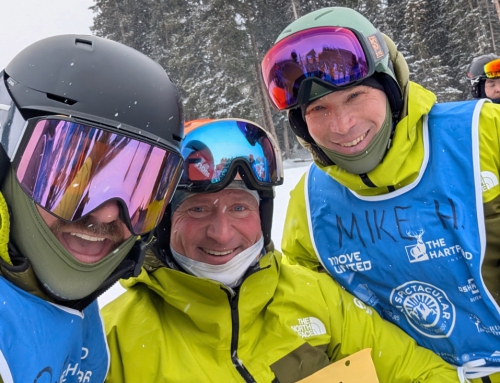32 Degrees: How to Get Off the Learning Plateau
This excerpted article, written by Chris Ohman, a Level II alpine instructor, with a Children’s Specialist 2 credential, at Montana’s Big Sky Resort, appears in the Fall 2024 issue of 32 Degrees. You can read the entire article here.
***
If you’ve set your sights on achieving the next level of certification, I have some simple advice: Partner with coaches who can help guide you past plateaus in performance and use your practice time wisely.
This past season, I realized I wasn’t effectively using the training talent available to the instructors at Big Sky and the Northern Rocky Mountain Region of PSIA-AASI. Maybe you’re in the same boat. If you think you can go it alone or, worse, end up squandering opportunities to truly learn from those in your region who want to help you succeed, your journey might be more plodding than productive. Two things made all the difference in my approach to training and make me excited about preparing for my Alpine Level III exam this coming season: a great partnership with my coach/es and focusing practice time on acquiring a specific sensation and change in ski performance.
Big Sky’s Brenna Kelleher, an NRM alpine examiner, clinician, and PSIA-AASI National Team alumna, was the key to helping me retool my training. In 2018, Kelleher and fellow Alpine Team member Stephen Helfenbein started The Turn Project, which, with support from Blizzard, Tecnica, and LEKI, offers events that focus on fundamentals and equipment. I worked with Kelleher at a Turn Project session last November, and she started and ended the week with a relentless focus on my stance, which I devotedly worked on the first month of the season when skiing, teaching, and training. Specifically, we focused on my center of mass being over the center of my skis with drills like railroad tracks, swords drills, and medium radius turns in a tuck, so that I could feel my ankles flex, my feet simultaneously tip my skis, and my skis start the turn (rather than pushing my tails out to start the turn).
Only after it was evident to me and another great coach, Jill Imsand, that I had sufficient ownership of my stance throughout turns did we move on – to alignment, then edge pressure and bending the ski. Specifically, I found dynamic wedge turns a great drill to engage my core and feel the pressure my leg needs to create on the inside edge of my outside ski and take this sensation into dynamic performance turns. I have more work to do before I’m ready to take the Level III assessment, but I feel like I finally moved off the plateau my skiing had been stuck on since earning my Level II seven years ago. “Getting people to break their patterns is important but getting them to do it and understand the HOW and WHY is even more challenging,” says Kelleher. “The stronger you are in understanding the fundamentals, the better experience you’ll give your guests. Plus, your skiing will improve, and you’ll have more fun.”
Partnering for Progress
A coaching partnership is a two-way street, and Kelleher proved adept at helping me hone my focus on single sensations and movements, with inter-related drills and a mix of terrain, while making sure I knew how to practice when skiing on my own. For example, I’m using hockey stops to feel how deeply my ankle needs to flex and take this sensation into short radius turns and mogul skiing. “Coaches should know the athlete’s movement patterns and strengths and weaknesses,” she asserts. “And coaches need to home in on how the athlete learns and responds effectively to coaching and training.”
I have an equal responsibility to be honest with myself and my coach when I do – or do not – feel a change and being open to hearing my coach agree or disagree with me. Kelleher notes, “Here, the athlete’s enemy is defensiveness and being afraid of failure. It makes it so much harder for the coach to help and for the athlete to learn.”
My coaches were also key to changing my view of assessment activities and demos. I long saw them as a checklist of items I need to master individually. Do this, and I pass, or so I thought. I now understand that assessment activities and demos provide insights to specific aspects of my skiing where my skills are stronger and weaker. In turn, an assessment activity may be one of several related drills and activities I use to address a specific skill I’m working on.

